6 Important Things to Consider When You Are Choosing Your NEW Sofa
 By Shelagh Duncan
By Shelagh Duncan
Your sofa and your bed are probably the two largest furniture investments you’ll make, so you will need to make some wise choices. In my opinion, comfort is king when it comes to seating and sleeping, so investing in a good sofa and a good mattress are paramount.
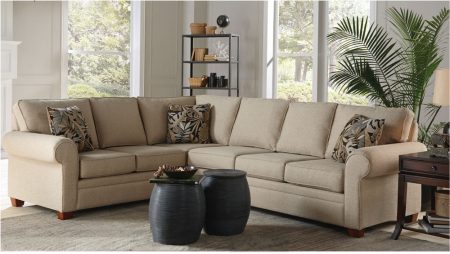
A quality sofa should feel and look solid. Try before you buy—sit back and relax in it, check the arm and back height and sit as you would at home. I could wax on about eight-way, hand-tied springs, double doweled joint, and glued and screwed corner blocks—but it is the comfort level that usually seals the deal.
A wood frame bench with arms and a back passes for a sofa here, but the days of putting a couple of seat pads on it and calling it a sofa have long gone. Let your builder do the cabinets and doors, but not your seating. Even with thicker seat cushions the foam will compress badly if it only has a wood platform to sit on. Upholstered furniture uses a specific layering of springs and different cushioning materials to achieve exactly the right support and feel.
From my experience finding a comfortable sofa in Costa Rica is one of the biggest challenges facing not just newcomers, but even those who are looking to replace their moldy, worn or just plain uncomfortable ones.
Where do you start?
Once you have decided to embark on a mission to find your perfect sofa, obviously price, style and colour are top of mind. However, there are some other important considerations you should be thinking about too.
1. Consider size first.
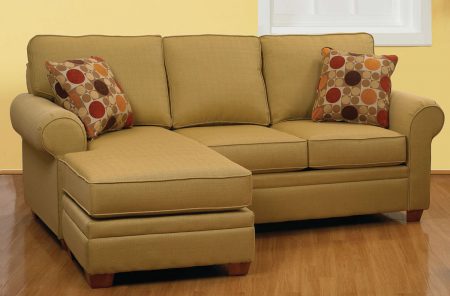
If you have a large scale living room, you’ll need to decide exactly how much of the living room you want your sofa to fill, and also how many people typically use this space. Should you include extra chairs or a loveseat, and where? If it is a small area then a compact sofa or a sofa-chaise will probably fit the bill.
This versatile and compact sofa-chaise option comes with a reversible chaise. This is perfect if you like to rearrange furniture occasionally, or if you are planning a future move.
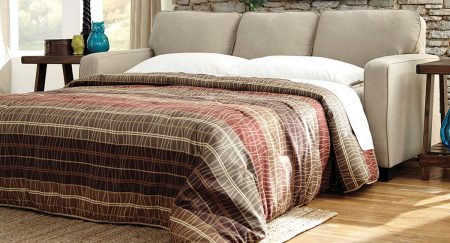
You should not feel you need to keep to the traditional seating layout of a sofa and two chairs. Think about using two loveseats if your space is smaller, or a sofa recliner, so everyone can chill—not just the guys!
Consider investing in a comfortable sofa-bed for times when friends or family come to stay, and these can be incorporated into large sectionals as well as compact sofas.
2. Determine which features are important to you.
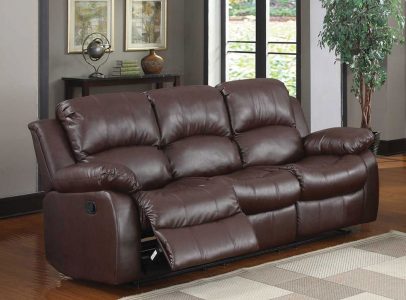
Now that you’ve decided your sofa’s place and function, it’s time to figure out which specific features you like. The main features to consider are the arms, the backs and the legs. Arms can be angular, rolled, padded, flared, set-back, etc. If you like to nap on the sofa, then opt for padded arms. High backs are comfortable for TV watching or for taller people, and sofas can have different wood or metal leg styles. Naturally you want comfort in your couch, so make sure it is not Tico-scaled, and that the seat depth and pitch will allow you to sit back comfortably. Even though they may cost a little more, sofas with reversible seat and back cushions are a very practical option to reduce wear and tear and extend the life of your sofa.
3. Decide exactly how the sofa will be oriented.
Successfully organizing a living space starts with analyzing your lifestyle. What do you and your family do the most in that space? Do you all like to wind-down in front of the TV? Then make sure your couch faces that direction. If you enjoy the TV and the outside view equally, consider a modular sectional that offers different configurations for different times, and can also create multiple seating areas when entertaining.
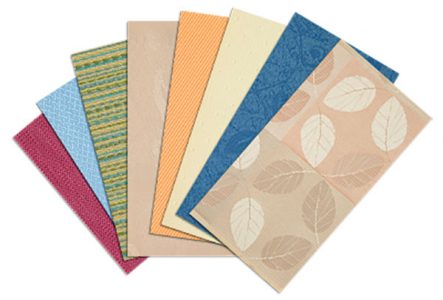
4. Research upholstery fabrics—which will be best for you?
Aesthetics are important, but functionality is key when it comes to choosing a material for your sofa. A beautiful, white sofa would look great, but…
Typically synthetic fabrics are more durable, colourfast, cleanable, and hold up better in our climate than natural fibers. Tightly woven fabrics and fabrics that are heavy will stand up to wear and tear better too. One very practical option is to use Microfiber. This is available in an extensive selection of colours, and even in patterns and textures these days. Easy to clean and reasonably priced, it is a great option. Just steer clear of cotton and linen blends however beautiful. Sunbrella is one of the best choices, but it’s an expensive one. However, there are other outdoor fabrics available now which are equally suitable and are more reasonable. Ask to see the swatches at your local furniture store.
Leather is another topic altogether. People purchased what they were told were leather sofas and chairs thinking they would hold up well down here and be low maintenance. Then, they come to us to have them recovered or repaired because they are splitting or peeling. The problem is they are not real leather. Sure they look, and may even smell of leather, but usually are bonded leather—which is basically reconstituted bits of leather bonded to a vinyl backing. If you choose REAL leather then this can wear well, but it is still a bit of a maintenance issue as mold does enjoy growing on all and any natural material, and mold causes decay.
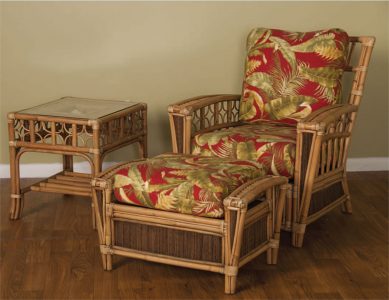
5. Choose a sofa style that complements your home.
It can be a little hard sometimes to nail down your own personal style, but most people know what they like. Go with your gut instinct when picking the style of couch that will fit naturally in your home. If you have a tropical feel, then rattan may be for you. However, make sure the joints are all leather-wrapped, the usual split-cane wrapping will fail and unravel in no time. Quality rattan will last much longer than the cheaper versions.
Woven seagrass or banana leaf seating is a popular tropical look back home, but remember these are natural materials too, and will be high maintenance here as well as very susceptible to mold and decay.

Wood frame sofas and chairs are always popular, they are easy to clean and have a look that really works down here. The wood can be stained in many different colours.
If your style is sleek and modern, pick something that reflects that. If your home is more traditional, then a classically scaled sofa with traditional rolled arms could be right for you. A casual style calls for perhaps loose-back cushions and an over-stuffed comfort, and a transitional style combines the best of traditional and contemporary, and makes it a great a choice for many of today’s homes.
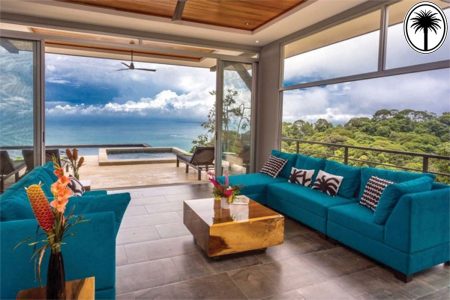
6. Pick a color—Colourful, Neutral, or a Pattern?
A colourful sofa can set the scene for the rest of your living area and be a fabulous focal point. If you do go for a bold colour, make sure you are committed to it and that your home can handle it. Using a neutral coloured is the safer option and will allow you to add accent throw pillows that introduce colour and interest. It will also stand the test of time and changing colour fads. You could always consider adding a couple of accent chairs in a bold print or colour to bump up the impact.
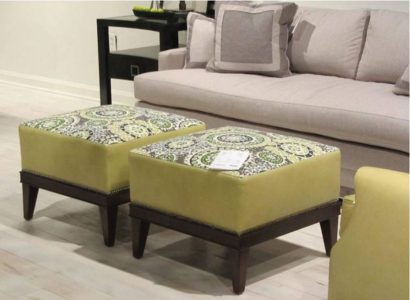
Darker colours tend to be more practical if you have kids, pets, and/or renters. Although not for everyone, don’t be afraid to choose a couch with a fun or unique pattern! It can add a surprisingly personal touch and quickly transform the feel of the entire room. If you’re a bit nervous to experiment with bolder colours and patterns in your sofa, you can always opt for an accent ottoman that can double as a coffee table. It’ll add a more subtle sense of diversity to your living room and help tie your colours together.
All these decisions can be a bit overwhelming, so let your local furniture store help guide you through the decisions. Your sofa is a big investment, and is also a big part of your life. Invest wisely and you will enjoy years of comfort and enjoyment from it.

